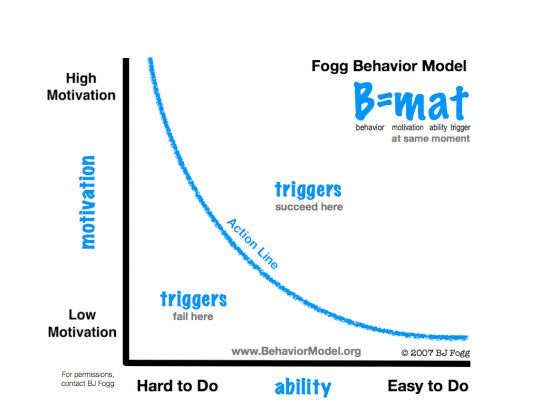How to get my signature
In the morning, I often ride my bike to work.
I ride across the Williamsburg bridge, and then up first avenue.
Today, at the end of the bridge, where it merges with the footpath, a woman with a clipboard stepped out in front of me.
She was looking for signatures. Her group wants the city to improve a street in Brooklyn for cyclists. One proposed idea was a protected bike lane.
To me, it sounded like a great idea. I looked around and saw a few other fellow commuters giving signatures and happily chatting with the volunteers.
In New York, this is unusual.
There’s always volunteers for something asking you to do something - but most people don’t stop and talk to them.
At least, I don’t. But this morning, I did.
Why?
I think it might be instructive to unpack my decision/compliance.
- I’d literally just cycled down that street. It was a bad experience. Big trucks, lots of road works. I felt unsafe.
- Cycling in New York in dangerous. Anything to protect cyclists from cars and trucks is a net postive.
- I saw other cyclists joining in.
- I was in a good mood.
- It was a sunny pleasant morning.
- I had to stop anyway to wait for the light.
- I wasn’t in a rush.
- I didn’t need to get off my bike.
- I didn’t need to give money.
- The form was short and easy to fill in. Name, address, signature.
- The volunteer was friendly and smiled at me.
- Overall positive vibe — Cyclists looking out for each other.
The light turned green and I rode on my way.
About 10 minutes later, at the intersection of 14th and 1st Avenue, something strange happened.
At the red light, a group of volunteers were asking for signatures again, for the same cause.
But something felt different, and I realized that if I hadn’t been approached earlier, I still wouldn’t have offered my name and signature.
Why?
Busier, louder street setting.
- Less of a wait before red light.
- Lots more pedestrians around.
- Pressure from cyclists behind me.
- I was in outside of bike lane, volunteers were on curb. Difficult for me to cross lane to talk to them.
- No other cyclists were leaving signatures.
- One of volunteers was begging for signatures.
Maybe less likely this pack of commuters were from Brooklyn, so less knowledable/affected by cause.
A common theme I notice for both situations is “friction”. Lowered and increased.

I believe motivation is very fluid, and affected by mood more than we think — No matter how much Rocky 4 soundtrack we listen to. Meaning, we are less in control of it as we like to think. (Like willpower.)
A bigger factor, I’d argue, is the ‘ability’ axis, or how ‘easy’ something is to do. That may be a better predictor of our behaviour.
In first scenario, at Williamsburg bridge, I was primed to leave a signature. I was the right person, at the right time, and in the right place. Giving my signature was very easy for me to do.
And good news for practitioners: It can be optimized.
Here’s an example. Imagine asking 450 people to draw a smiley face on a piece of a paper. For half the people, you hand them a brand new sharpie, maybe with the lid off. The rest are simply given the sheet of paper. By supplying all the necessary materials, you’ve significantly reduced friction, and are likely to get more of what you want.
Or want people to use reward points? Make it pre-selected.

Make your goal incredibly easy to do, and people will be more likely to do it.